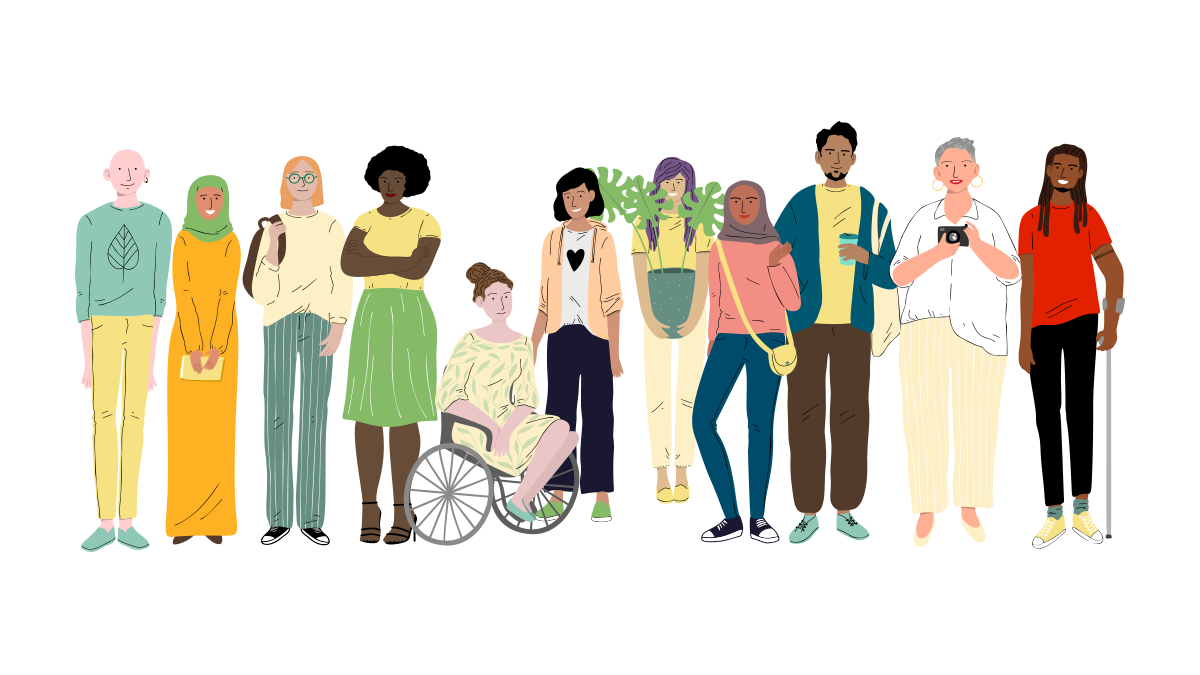Why intersectionality Matters

Race and gender are critical but not the whole story, explains Catalyst's Corin Ramos.
Protests over racial inequity are pushing companies to reckon with their own policies and practices from the lens of diversity, equity, and inclusion. But addressing race—and gender—in the workplace is not enough. Leaders must account for intersectionality.
First coined by legal scholar Kimberlé Crenshaw in 1989, intersectionality is a framework for understanding how social identities (such as gender, race, ethnicity, social class, religion, sexual orientation, and gender identity) overlap with one another and with systems of power that oppress and advantage people in the workplace and broader community. Gender wage gap data, for example, reveals higher barriers to pay equity for Latinx women and Black women compared to white women. The disparities showcase how racism and sexism interact to create unique inequities.

Here, Catalyst Director of Research Corin Ramos explains why it is crucial for leaders to integrate intersectionality into their diversity, equity, and inclusion initiatives.